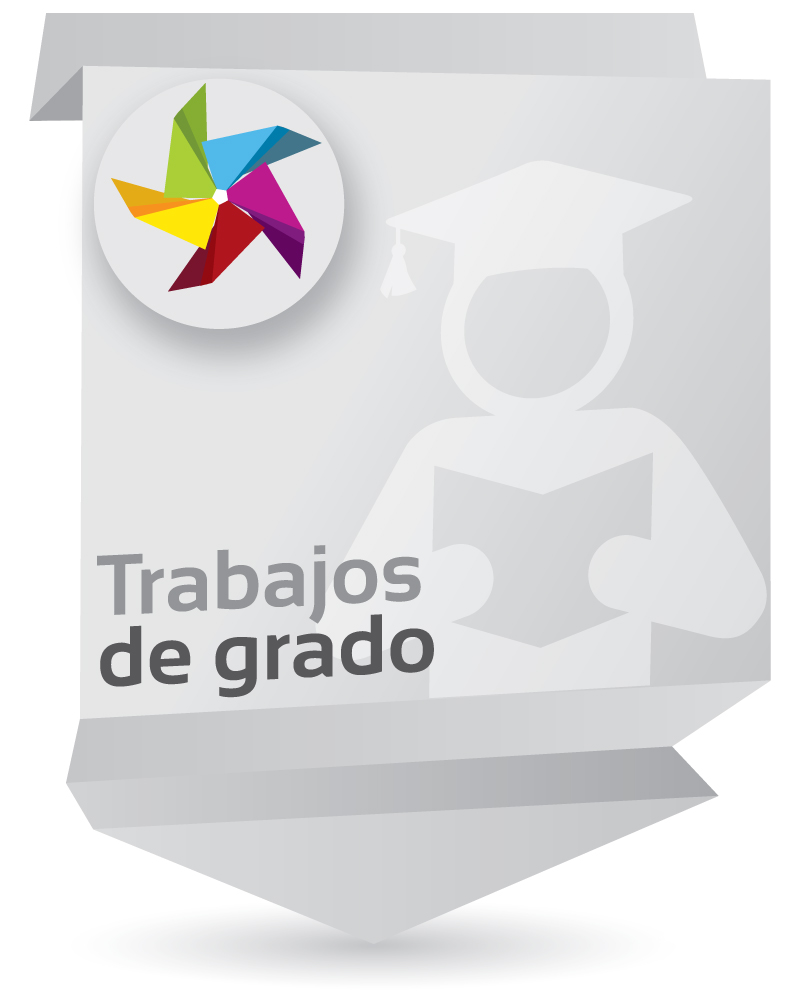#SOSCOLOMBIA: El País del sagrado corazón: Entrevistas a población civil en el marco del Paro Nacional

View/
Item Links
URI: http://hdl.handle.net/10818/50201Compartir
Statistics
View Usage StatisticsMetrics
Bibliographic cataloging
Show full item recordAsesor/es
Díaz Calderón, Javier MauricioDate
2021-09-13Abstract
La capucha es símbolo de resistencia. Desde principios del siglo XX, en la historia del país diversos sectores sociales han salido a manifestarse en las calles del territorio colombiano y, aunque cada vez más ciudadanos están dispuestos a ejercer su derecho fundamental, este movimiento trae consigo la represión por parte del Estado, Gobierno y Fuerza Pública. Como consecuencia de estas contenciones desmedidas, los adoquines se han teñido de la sangre de los que murieron soñando con un mejor camino. #SosColombia: “el país del Sagrado Corazón” es un compilado de 13 entrevistas a diferentes actores de la población civil en el marco del Paro Nacional, entre esos miembros de la Primera Línea, defensores de Derechos Humanos, brigadistas de salud, entre otros, que salen a poner su piel como carne de cañón. Por medio de estas conversaciones se busca darle voz a aquellos que han pretendido callar durante años y entender las razones detrás de una lucha que históricamente ha sido tildada de desordenada, vandálica y violenta. The hood is a symbol of resistance. Since the beginning of the twentieth century, in the history
of the country various social sectors have come out to demonstrate in the streets of Colombian
territory and, although more and more citizens are willing to exercise their fundamental right,
this movement brings with it repression on the part of the State, the Government and the
security forces. As a consequence of these excessive restraints, the cobblestones have been
stained with the blood of those who died dreaming of a better way.
#SosColombia: "the country of the Sacred Heart" is a compilation of 14 interviews with
different actors of the civilian population in the framework of the National Strike, among those
members of the First Line, human rights defenders, health brigades, among others, who go out
to put their skin like cannon fodder. These conversations seek to give voice to those who have
tried to remain silent for years and to understand the reasons behind a struggle that has
historically been labeled disorderly, vandalized, and violent.












![pdf [PDF]](/themes/unisabana//images/mimes/pdf.png) Ver documento en PDF (1.439Mb)
Ver documento en PDF (1.439Mb)




